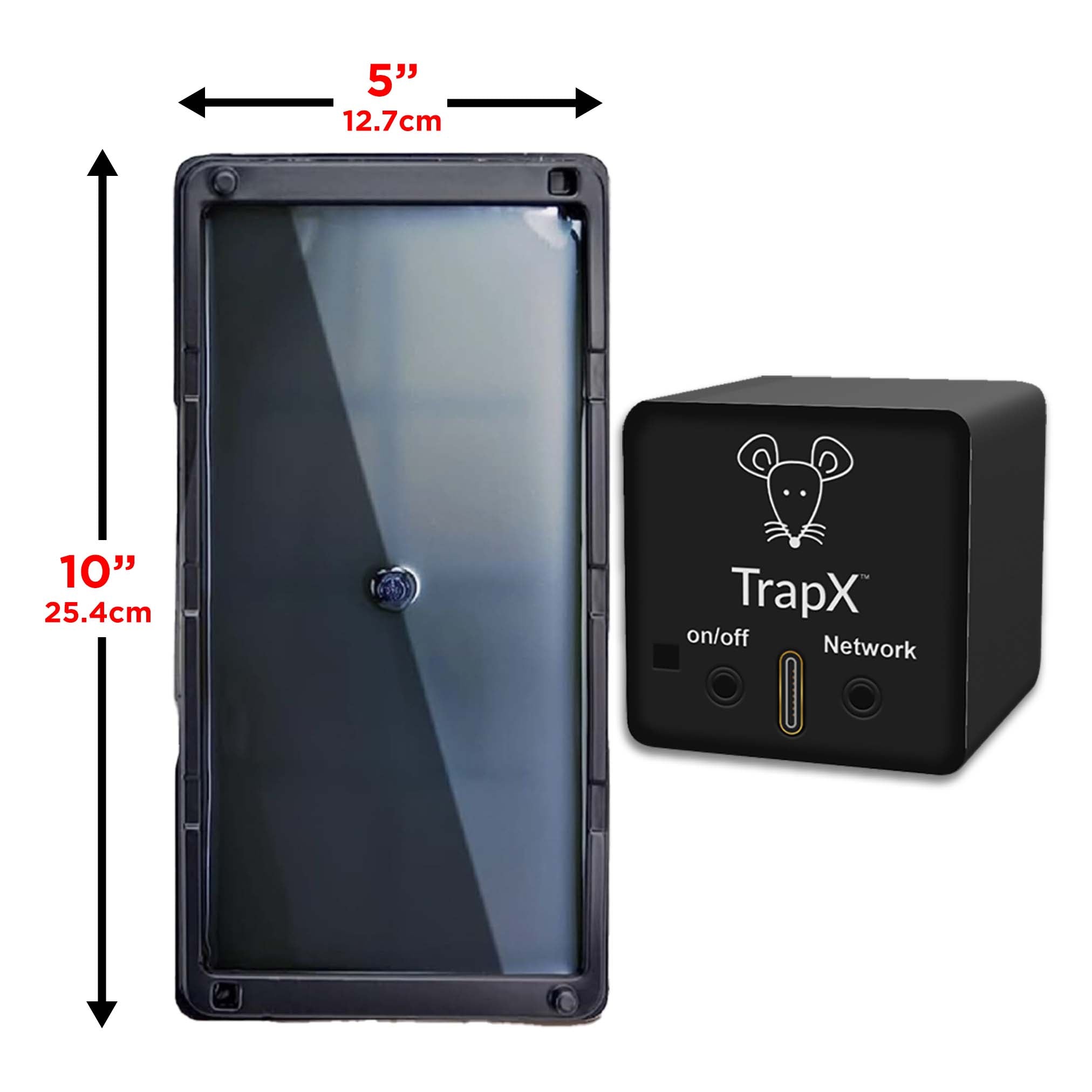Where Are Rodent Nests Commonly Found In Restaurants?
Share
Running a restaurant is about more than just serving delicious food; it's also about maintaining a hygienic environment. One significant issue that can compromise this is the presence of rodents. But where are rodent nests commonly found in restaurants? Understanding this is crucial for implementing effective pest control measures.

Understanding the Importance of Knowing Nest Locations
Rodents are notorious for causing extensive damage and posing severe health risks. Therefore, knowing where they commonly nest within a restaurant setting is critical. Cleaning staff and restaurant managers need to be vigilant and proactive in these high-risk areas.

Storage Areas: A Hotspot for Rodent Activity
Storage areas, especially those that house food, utensils, and linens, are prime real estate for rodents. These spaces are usually less frequented by restaurant staff, making them perfect hiding spots for rodent nests.
Dry Storage
Rodents can easily chew through packaging to access stored food items. More information on proper food storage can be found here.
Refrigerators and Freezers
Oddly enough, small rodents can find their way into the back or corners of refrigerators and freezers, exploiting the warmth generated by these appliances' compressors.

Kitchen and Food Preparation Areas
The kitchen is the heart of the restaurant but can become a haven for rodents if not kept clean.
Underneath Appliances
Spaces under ovens, stoves, and dishwashers are particularly attractive to rodents due to the warmth and food scraps often found there. Regular cleaning beneath these appliances can help mitigate this risk.
Behind Walls and Cabinets
Rodents often nest behind walls and inside cabinets, using small cracks and holes for entry. Sealing these openings can prevent infestations.
Dining Areas: More Than Just Customer Space
Diners rarely see what's happening beyond their tables. However, rodents can make nests in upholstered furniture, under booths, and in drop ceilings.
Furniture
Upholstered furniture provides easy nesting materials and concealment opportunities for rodents. Regular inspections should be a norm to prevent infestations.
Drop Ceilings
Rodents can also exploit weaknesses in ceiling structures. Regular checks for droppings can help identify a problem before it escalates.
Restrooms: A Hidden Danger
Believe it or not, restrooms are also frequent hiding spots for rodents.
Under Sinks and Behind Toilets
Dark, humid environments like those under sinks and behind toilets can attract rodents. Fixing leaks and regular inspections are highly recommended.
Basements and Crawl Spaces: Out of Sight, Out of Mind
Basements and crawl spaces often serve as storage areas and are less frequently cleaned, making them prime locations for rodent nests.
Cluttered Areas
Rodents love clutter as it provides both food sources and hiding spots. Keeping these areas organized and clean is essential.
Pipes and Ducts
Rodents can also use pipes and ducts as pathways to travel through the restaurant, increasing the importance of maintaining these structures. For information on trapping mice, visit this link.
FAQs on Rodent Nests in Restaurants
What are the most common signs of rodents in a restaurant?
Droppings, gnaw marks, and shredded nesting materials are usually the most obvious signs. Additionally, you might hear scratching noises or notice a musky odor.
How can I prevent rodents from nesting in my restaurant?
Implementing a comprehensive cleaning schedule, sealing potential entry points, and regular inspections can go a long way in preventing infestations.
What should I do if I find a rodent nest?
If you find a nest, it's crucial to contact pest control services immediately to manage the situation before it escalates. For more on effective rodent control, read this guide, or consider the electric traps as a solution.
For additional guidelines on rodent control in restaurants, you can refer to this EPA guide.
As an Amazon Associate, I earn from qualifying purchases.
